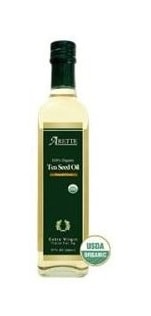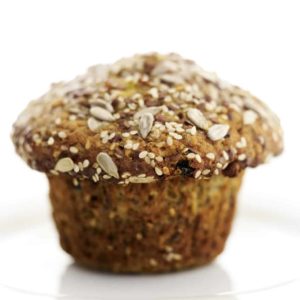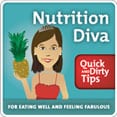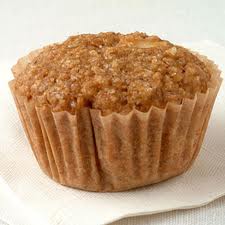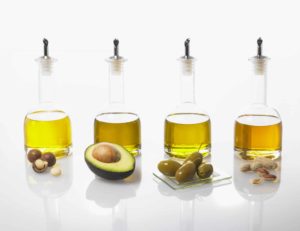 Should you cook with olive oil or coconut oil? Grapeseed? Walnut? It really depends on what you’re after.
Should you cook with olive oil or coconut oil? Grapeseed? Walnut? It really depends on what you’re after.
Oils that are lower in polyunsaturated fats (PUFAs) are more stable, both at room temperature and high heat. If you’re looking for omega-3s on the other hand, those oils will, by definition, be higher in PUFAs.
Whether saturated fat is something to be minimized or maximized depends on your dietary philosophy (and, perhaps, your cholesterol levels).
And we haven’t even touched the culinary pros and cons!
A healthy (and tasty) diet will include a variety of fat sources, just like it should include a variety of protein sources. To help you vet your choices, here’s a chart showing the fatty acid profile of several common options. Click on any column to sort by that nutrient. (Cool, huh?) Continue reading “Which oil is best?”

